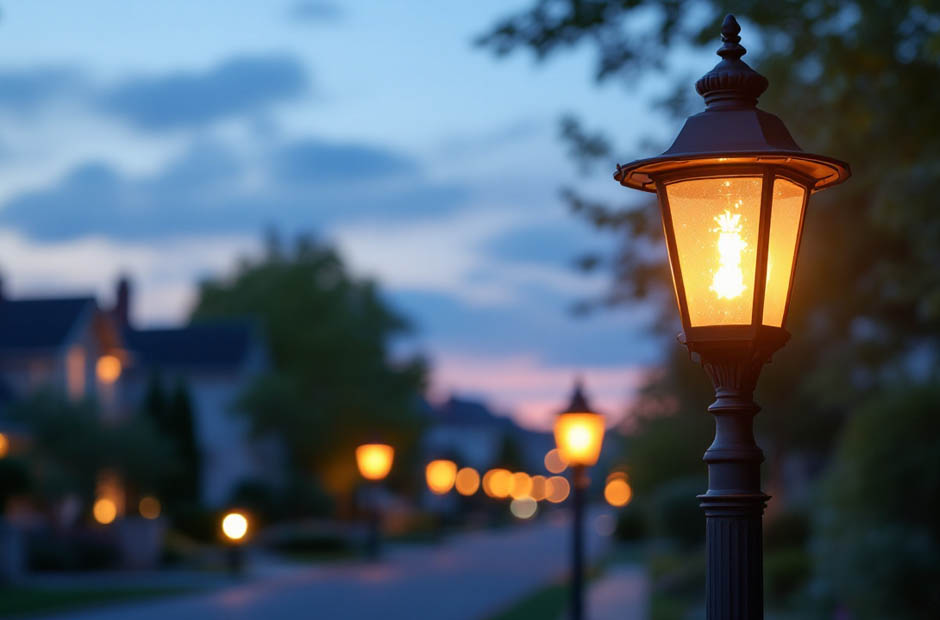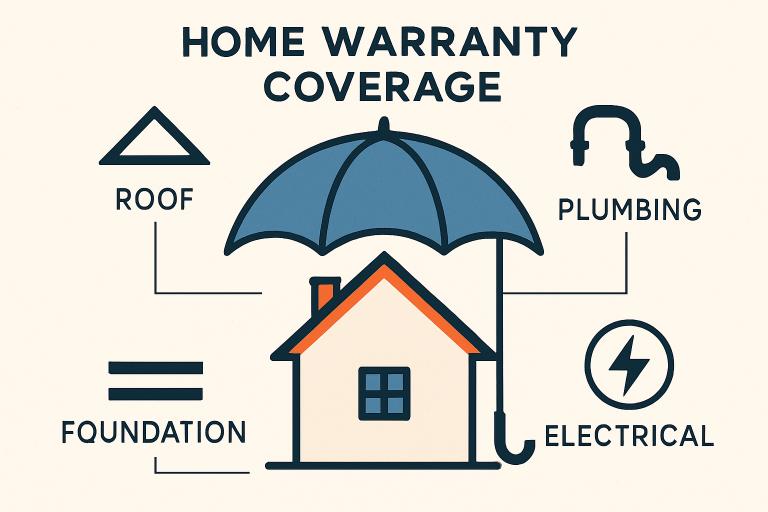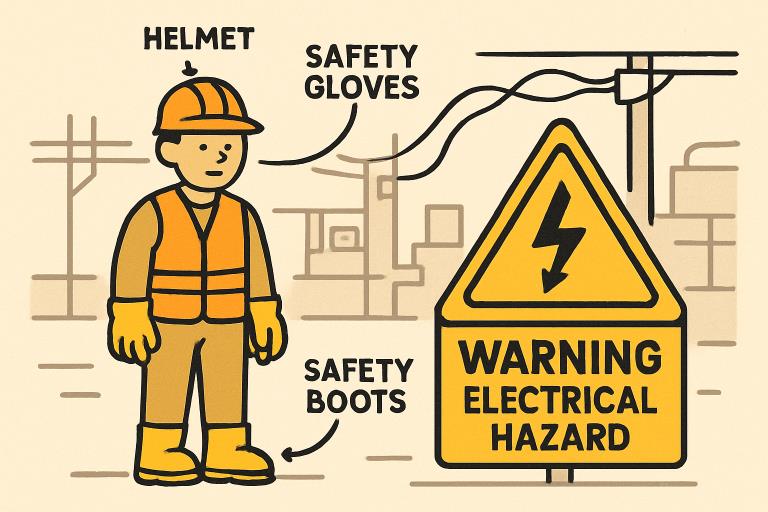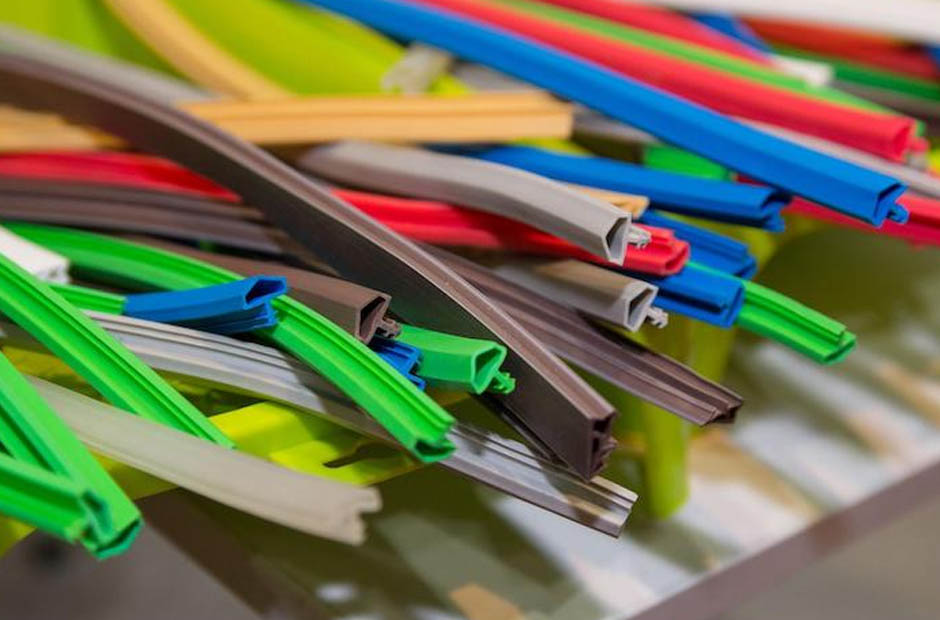Now Reading: How Light Poles Enhance Aesthetic Appeal While Serving Practical Needs
-
01
How Light Poles Enhance Aesthetic Appeal While Serving Practical Needs
How Light Poles Enhance Aesthetic Appeal While Serving Practical Needs

Lighting structures are known for their utility, but they play multiple roles, like enhancing the aesthetics of streets, parks, and public spaces. Engineers and utility contractors design unique light poles based on the intended application and installation site. The poles blend function with style to complement surrounding structures and surfaces. Here are a few ways light posts and poles enhance aesthetic appeal while serving practical needs:
Functional Design
Pole manufacturers offer a wide variety of designs, shapes, finishes, and materials. These design elements are optimized to complement the surroundings. Manufacturers may be able to create unique, custom designs. Municipalities, businesses, and residential communities can choose light poles made of materials like wood, aluminum, or steel. Wooden poles are a traditional choice. Aluminum poles can be finished with polyester powder in various colors, such as bronze, green, or gray.
Steel poles offer a durable and versatile choice that fits many applications, landscapes, and building facades. They’re galvanized or powder-coated to protect them from corrosion. Engineers can also use cathodic protection. Steel poles come in varying strengths based on the application, and they offer high wind resistance. The design may feature decorative bases, ornamental arms, or custom colors that add visual interest without compromising the pole’s functionality; this blending of design and function enhances the overall feel of the pole.
Multifunctional Integrations
Light posts and poles play multiple roles wherever they’re installed. In streets, they enhance safety by improving visibility for pedestrians, drivers, and cyclists. They can also be installed in parking lots or along waterfronts, where they help set the ambiance. Thoughtfully designed and placed poles improve walkability for people after dark and create brighter atmospheres in parks and plazas.
Steel poles may serve as mounts for street signs, banners, and digital wayfinding displays. This multifunctionality makes public spaces brighter and easier to navigate. The poles can also support surveillance cameras and solar panels, improving security and energy efficiency. Integrating lighting, navigation, and security in a single pole reduces the need for multiple pole installations, resulting in less clutter.
Smart Technologies
Some modern poles include various smart technologies in their design and applications. A light pole can feature LED fixtures for illumination, motion or daylight sensors for autonomous function, and solar panels. Sensors turn on or dim lighting systems depending on real-time activity, reducing energy consumption. Solar panels use the sun’s energy and may charge battery systems, providing power for various purposes. Modern poles can host charging ports or Wi-Fi hotspots while maintaining a minimalist, themed, or traditional appearance. They also support environmental sensors, and some installations feature electrochemical systems to protect steel poles from corrosion. Smart technology supports the integration of displays and elegant, future-proof designs.
Branding Media
Coordinated lighting structures may help reinforce brand identity for businesses, campuses, or residential developments. Attractive poles convey professionalism and quality, and the lighting fixtures can be optimized to create warm, inviting spaces. The poles and lights give public and private spaces a visual consistency that may attract visitors or tenants.
Light posts also come in various colors that complement a business’s image, as well as different designs that accommodate logos and banners. This support may be utilized to turn basic poles into long-term branding assets. Look for lighting manufacturers that use custom finishes and integrations to help elevate a business’s brand.
Find High-Quality Light Poles
High-quality light poles can last several years with minimal maintenance. They support customization of height, strength, integrations, and surface finishes. This customization allows cities and private businesses to blend the poles within the surroundings while maintaining peak functionality. Speak to a utility systems contractor today to find out more about light poles.





















